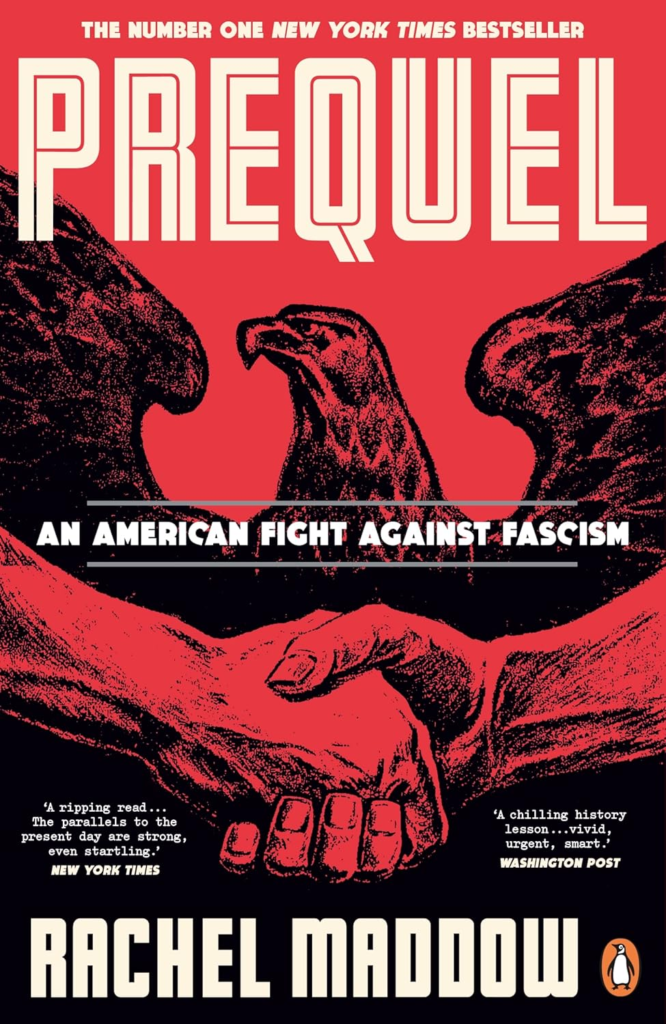
Going Dark by George Mehok is a gripping thriller that will keep you on the edge of your seat from start to finish. Mehok weaves together two seemingly disparate timelines – a modern-day techno-terrorist attack and a historical plot to assassinate George Washington during the American Revolution.
Mehok explores themes of technology, power, and trust. The characters are well-developed, making it easy to become invested in their stories.
The pacing is perfect, with just enough twists and turns to keep you guessing without feeling overwhelmed. The climax is both satisfying and unexpected, leaving you wanting more.
If you’re a fan of thrillers, historical fiction, or simply a good story, I highly recommend Going Dark. It’s a novel that will stay with you long after you’ve finished reading, I hope there is more to follow from Mehok.








